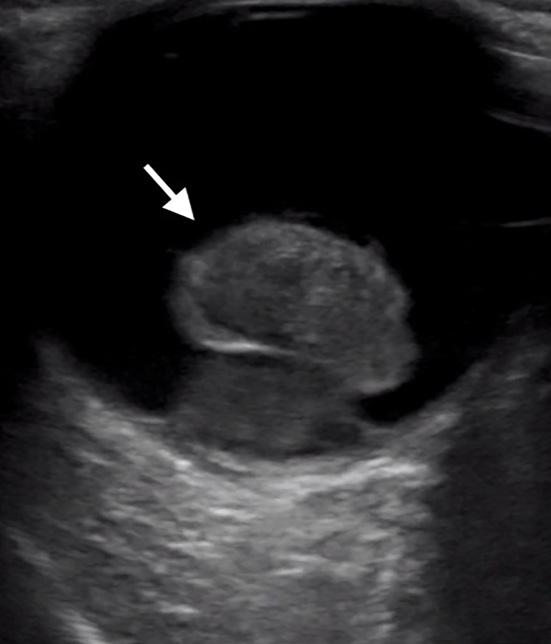Case Report
Anaphylaxis Caused by Swimming: A Case Report of Coldinduced Urticaria in the Emergency Department Nicholas M. McManus, DO Robert J. Zehrung, DO Trevor C. Armstrong, DO Ryan P. Offman, DO
Mercy Health Hospital, Department of Emergency Medicine, Muskegon, Michigan
Section Editor: Austin Smith, MD Submission history: Submitted December 14, 2020; Revision received March 29, 2021; Accepted April 6, 2021 Electronically published July 25, 2021 Full text available through open access at http://escholarship.org/uc/uciem_cpcem DOI: 10.5811/cpcem.2021.4.51164
Introduction: Cold-induced urticaria is a subset of physical urticaria that presents as wheals or angioedema in response to cold exposure. While most cases are idiopathic, secondary associations with infections, medications, and certain cancers have been described. Case Report: We discuss the case of a 50-year-old male with recent episodes of urticaria from cold air exposure following a flu-like illness six months prior, who presented with symptoms of anaphylaxis upon jumping into a lake. Conclusion: While the majority of patients develop localized symptoms, understanding this disease entity is imperative as up to one-third of patients can develop severe symptoms including anaphylaxis, particularly from water submersion during activities such as swimming. [Clin Pract Cases Emerg Med. 2021;5(3):307–311.] Keywords: Case report; physical urticaria; cold-induced urticaria; anaphylaxis; angioedema.
INTRODUCTION Physical urticaria is the term given to a spectrum of conditions where urticaria or angioedema develops in response to a physical stimulus.1,2 This may occur following exposure to heat (heat-induced urticaria), cold (cold-induced urticaria), water of any temperature (aquagenic urticaria), sunlight (solar urticaria), vibrating machinery (vibratory urticaria), elevated body temperature (cholinergic urticaria), firm stroking or scratching of the skin (dermographism), or in a delayed form up to 12 hours after application of pressure (delayed pressure urticaria).1,3,4 Obtaining a detailed history in regard to exposure to the various triggers seen in physical urticarias is essential to establish a diagnosis. A summary of the various physical urticarias and their triggers are summarized in Figure 1. The majority of patients with cold-induced urticaria (CIU) develop localized urticarial wheals or cutaneous angioedema within minutes of cold exposure.5 However, awareness of this Volume V, no. 3: August 2021
disease process should be of particular interest to emergency physicians as nearly 37% of individuals may experience systemic symptoms ranging from generalized urticaria to anaphylaxis.4,5,6,7,8,9 We report the case of a patient presenting to the emergency department (ED) with symptoms suggestive of anaphylaxis immediately upon jumping into a lake in the middle of summer. CASE REPORT A 50-year-old male presented to the ED with complaints of reoccurring syncope, diffuse urticaria, shortness of breath, vomiting, and reported hypotension by palpation after jumping into a lake. On the day of presentation to the ED, the ambient air temperature was 85° Fahrenheit, while the surface temperature of the lake into which the patient jumped was 68°F. Immediately upon jumping into the lake, bystanders observed the patient to have altered mentation, respiratory distress, and inability to swim back to the boat,
307
Clinical Practice and Cases in Emergency Medicine



















